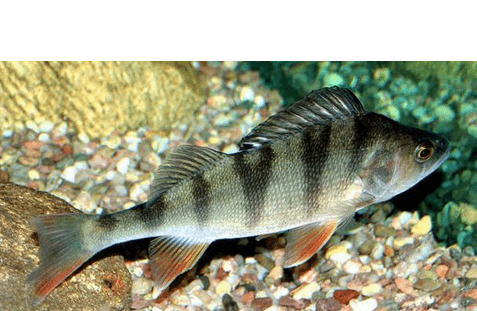STOCKHOLM—TNT, leaking from old ammunition dumped in Swedish lakes, may deposit carcinogenic substances in fish, according to a recent study by Swedish Defence Research Agency (FOI). More research is now needed to investigate if human consumption of TNT, and its metabolites through food constitutes a health risk.
When FOI made an environmental risk assessment at an industrial lot, they discovered a pond with very high levels of the explosive TNT, commonly used by the Swedish armed forces, which is toxic to water organisms.
This led them to investigate how juvenile salmon was affected by various high concentrations of TNT. The tests were carried out over the course of 40 days in pond water, mixed with clean water.
“We saw our chance to determine the accumulation of TNT in juvenile salmon, a kind of worst case scenario, an extremely high concentration of TNT,” said Per Leffler, a scientist at FOI.
Researchers found that concentrations up to 1 part TNT-contaminated pond water to 125 parts clean water, did no obvious damage to the fish. All the salmon survived. Neural or hormonal damage, or mutations, cannot be ruled out, however.
But they also found that juvenile salmons absorbed the TNT, which then decomposed into potentially carcinogenic substances, like dinitroluene (DNT).
The results were clear – salmons absorbed, and were poisoned by TNT already at fairly low concentrations.
“This result indicates that TNT turns into potentially carcinogenic substances in juvenile salmon. Our study has thus provided previously unknown information about the accumulation of TNT in salmon, and showed that a transformation into metabolites can occur in the fish,” Leffler said.
Several Swedish lakes where ammunition has been dumped, are heavily contaminated, but it has not been possible to link this to the ammunition. So far, the conclusion is that ammunition has not started to leak chemicals, and does therefore not pose a threat at present, but more research is needed.
With these new findings, researchers want to study how these carcinogenic substances may spread from fish to the humans who eat them.
“There is no research on human consumption of TNT and DNT through food. Animal studies indicate that high levels of TNT may cause anemia, and changed behavior in rats. TNT in combination with other explosives give the same results, but at lower doses. This shows that it is possible that TNT causes damage at a lower level of exposure in combination with other explosives,” Leffler said.
Leffler says that FOI often works with severe exposure scenarios. He thinks it would be interesting to find out how serious an accidental release of TNT into a human environment, like drinking water, could be.
“We’re trying to address dangerous exposures to toxic substances long before they happen. That way, society has time to act in a measured manner, and thus hopefully stop dangerous exposures, and poisonings from happening,” he said.




